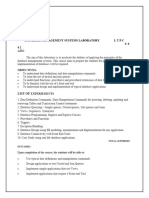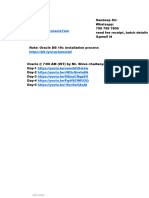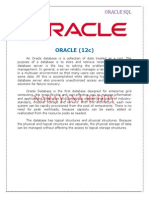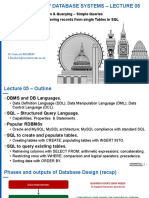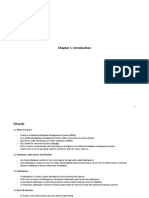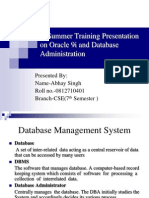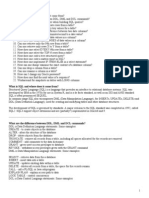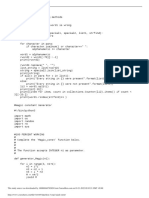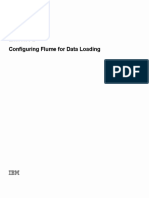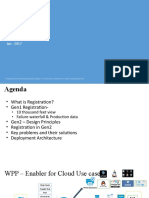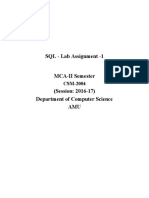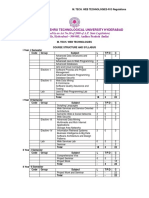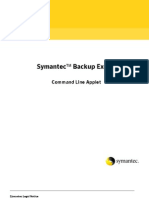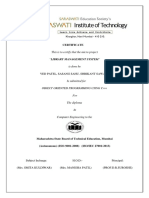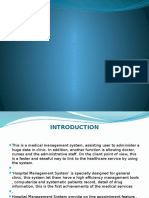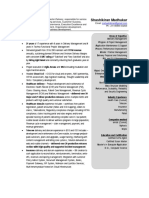0% found this document useful (0 votes)
128 views14 pagesOracle Database Essentials
The document discusses databases and Oracle database. It provides an overview of different types of databases including SQL, NoSQL and NewSQL databases. It then focuses on Oracle database, describing its key features, when to use and not use Oracle, and how it can be accessed as a service. It also includes examples of SQL commands for creating tables, inserting and updating data, and altering table structures.
Uploaded by
rajeshCopyright
© © All Rights Reserved
We take content rights seriously. If you suspect this is your content, claim it here.
Available Formats
Download as PDF, TXT or read online on Scribd
0% found this document useful (0 votes)
128 views14 pagesOracle Database Essentials
The document discusses databases and Oracle database. It provides an overview of different types of databases including SQL, NoSQL and NewSQL databases. It then focuses on Oracle database, describing its key features, when to use and not use Oracle, and how it can be accessed as a service. It also includes examples of SQL commands for creating tables, inserting and updating data, and altering table structures.
Uploaded by
rajeshCopyright
© © All Rights Reserved
We take content rights seriously. If you suspect this is your content, claim it here.
Available Formats
Download as PDF, TXT or read online on Scribd
/ 14
